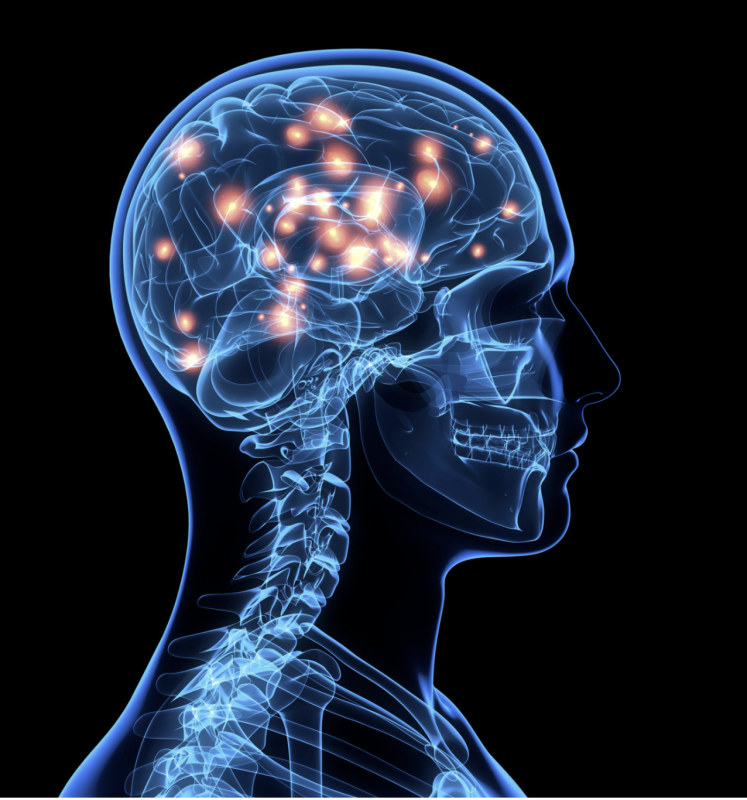By Sofia Velazquez Pimentel
 Researchers from the MRC Laboratory of Medical Sciences (LMS) in collaboration with King’s College London, the Universities of Cambridge, Birmingham, Bristol and others have shown for the first time that commonly recorded demographics and biomarkers can help to predict long-term psychiatric outcomes in schizophrenia.
Researchers from the MRC Laboratory of Medical Sciences (LMS) in collaboration with King’s College London, the Universities of Cambridge, Birmingham, Bristol and others have shown for the first time that commonly recorded demographics and biomarkers can help to predict long-term psychiatric outcomes in schizophrenia.
Schizophrenia is a complex mental condition which usually involved symptoms of psychosis, or trouble distinguishing what is real from what is not in specific situations. Of the ~1 in 100 people who experience schizophrenia, about a quarter will develop a form that is resistant to treatment. Currently, there is no way to predict whether someone will develop treatment-resistant schizophrenia, or TRS, from the first time they experience psychosis. Researchers say ‘this would be important because there is evidence that clozapine, the only treatment licensed for TRS, is more effective the sooner it is prescribed. Yet, in clinical practice, there are often long delays before clozapine is considered’.
Other teams have conducted similar research, attempting to predict the risk of developing TRS. However, many of the current methods rely on data from patients that are not available when the illness first develops (e.g., how many times a patient subsequently needs to go into the hospital, or whether they get better soon). Additionally, current methods often require specialised technology and require a specialised team to analyse the results – both of which are not easily available in a clinical setting.
The latest publication in collaboration with the MRC LMS Psychiatric Imaging Group has developed an algorithm, called Model fOr cloZApine tReaTment (MOZART), which can predict TRS using commonly collected data, such as sex, age and routine blood results. Unlike other methods, MOZART can predict treatment resistance from a person’s very first-time experiencing psychosis – which could in future help determine whether someone would benefit from taking clozapine. Future testing would be needed to validate the model to allow it to be ready for the clinic.
“We have put considerable efforts into developing a risk prediction model that eventually could be used clinically. MOZART performs well at low-risk thresholds – which means that it could be used to start low-risk interventions such as close monitoring – and calibrates well both internally and externally – a sign that it can potentially be applied to new samples outside of the ones we have used to develop it.’
– Dr Emanuele Osimo, lead author, psychiatrist and Chain Florey Clinical Fellow in the MRC LMS Psychiatric Imaging Group and the MRC LMS Computational Regulatory Genomics group
Initially, researchers developed a model – called MOZART – using routinely collected data from 785 patients in Cambridgeshire and Birmingham – such as age, sex, ethnicity and routine blood markers. Researchers then externally validated MOZART using data from over 1000 patients from South London. The model’s performance was assessed both by looking at how good it was to distinguish future cases of TRS from non-cases (discrimination), and by looking at how predicted risk compared to observed cases (calibration); these are crucial steps to check if the model is useful and can be applied to further external samples.
MOZART’s predictions could in future be useful to personalise the treatment plan for people with schizophrenia and to ensure effective monitoring of the development of TRS.
Future work looks to use this model with a larger number of patients and in different settings (further external validation), to examine whether their findings generalise well to other samples. Researchers will also continue to collaborate with the LMS Computational Regulatory Genomics group to improve their model by considering other variables that may signal that a person will develop TRS, such as genetic markers.
This research was published in Nature Mental Health and was one of the very first publications featured in this journal and was produced by a collaboration of the MRC LMS Psychiatric Imaging Group, Imperial College London, the Universities of Cambridge and Birmingham as well as the Cambridgeshire and Peterborough NHS Foundation Trust, South London and the Maudsley Foundation Trust and other UK-based institutions.
This research was mainly funded by the MRC and NIHR BRC, through a fellowship to Dr Emanuele F Osimo, as well as funded by MQ: Transforming Mental Health and the Wellcome Trust.
